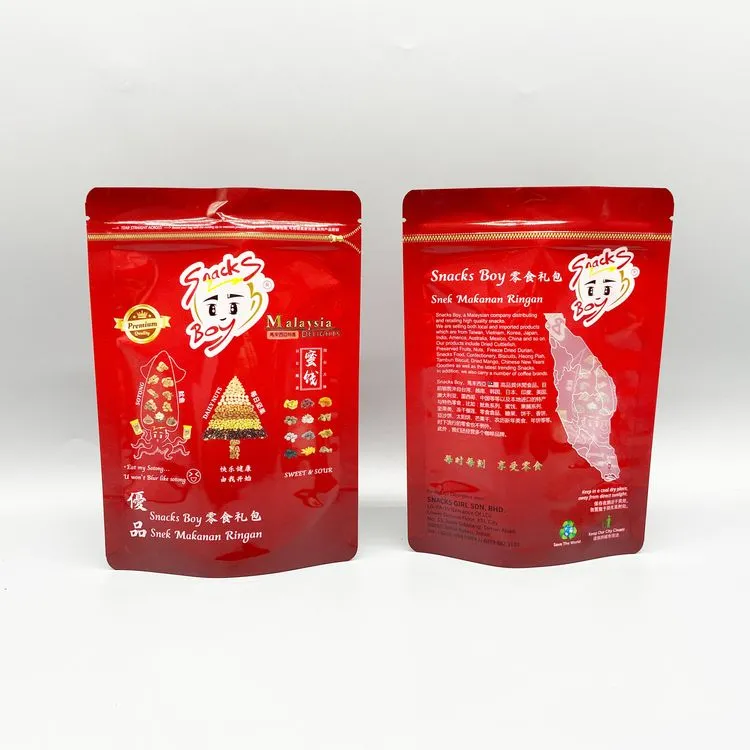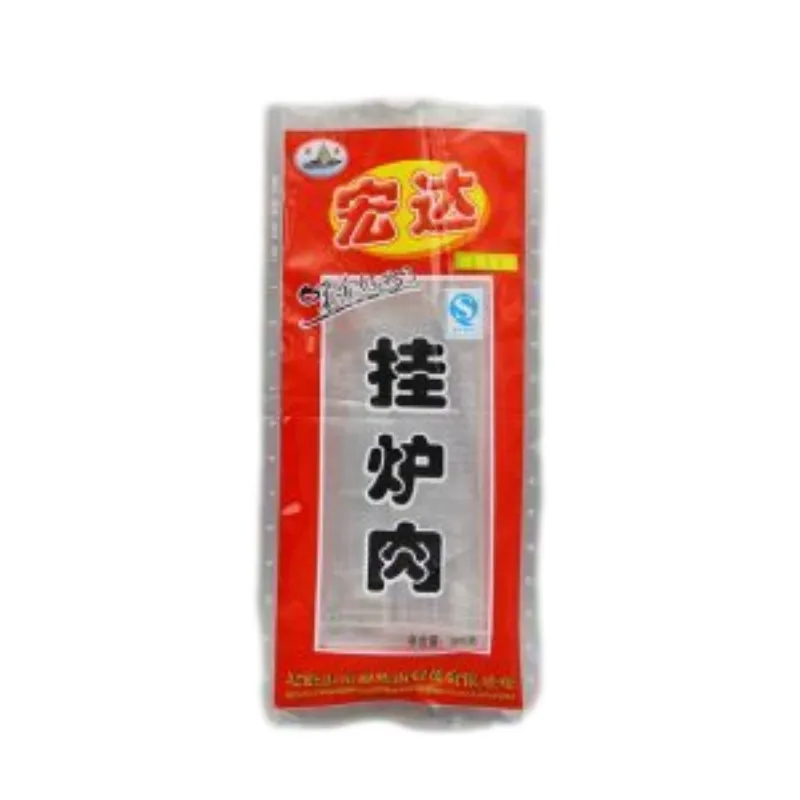Food packing pouches are revolutionizing the way brands and consumers approach food storage and preservation. With the rise of sustainability and convenience at the forefront of consumer priorities, these pouches offer a compelling solution that marries practicality with eco-consciousness.

My journey with food packing pouches began several years ago when I transitioned from traditional packaging to these versatile alternatives. As a food industry expert with a focus on packaging innovation, I found that the pouches not only contributed to prolonging the shelf-life of products but also significantly reduced packaging waste. This is crucial in a world increasingly aware of the environmental impact of single-use plastics.
Food packing pouches offer unmatched flexibility. They are available in various shapes and sizes, making them ideal for a wide range of products, from snacks and beverages to full meal kits. The lightweight nature of these pouches translates to lower transportation costs and decreased energy consumption during shipping processes, a key selling point for businesses striving for carbon footprint reduction.

Durability and protection are other critical advantages of food packing pouches. Their multi-layer construction safeguards contents from moisture, oxygen, and light, factors that are often detrimental to food quality and safety. Over my years of consulting, I have observed that adopting the right pouch material—whether it’s foil, plastic, or a biodegradable option—can enhance product shelf-life considerably. Businesses that prioritize maintaining the freshness and integrity of their products can truly benefit from this technology.
Consumer trust and brand reputation are intrinsically linked to packaging transparency. In an era where customers demand to know the source and safety of their food, packaging that communicates quality and commitment to health is indispensable. Food packing pouches can be designed with clear panels and informative labels that fulfill these expectations. By engaging consumers directly through the packaging, companies can cultivate a stronger, trust-based relationship.
food packing pouches
Expertise in selecting the appropriate sealing technology for food pouches is fundamental for ensuring product safety and customer satisfaction. Heat-sealing, for example, offers a tamper-evident closure that not only guarantees product integrity but also reassures consumers of the brand’s dedication to quality control. In my professional experience, companies that neglect this detail often face challenges related to product recalls and customer complaints, which can tarnish their reputation irreparably.
As an authoritative voice in the packaging industry, I continually emphasize research and innovation in pouch designs. Brands that allocate resources to staying ahead of trends—such as integrating QR codes that lead to interactive content or loyalty programs—will not only retain current clientele but also attract a tech-savvy audience looking for engaging shopping experiences.
Trustworthiness in packaging also stems from sustainable practices. Transitioning to pouches made from recyclable or compostable materials pays dividends by aligning with consumers’ environmental values. The feedback from clients who have embraced this shift indicates a noticeable increase in customer loyalty and brand advocacy.
In conclusion, food packing pouches stand as a testament to the evolution of food packaging—offering durability, versatility, and a path towards sustainable practices. Businesses that champion these pouches are not only enhancing their operational efficiency and product appeal but are also positioning themselves as forward-thinking leaders in an industry marked by rapid change and innovation.